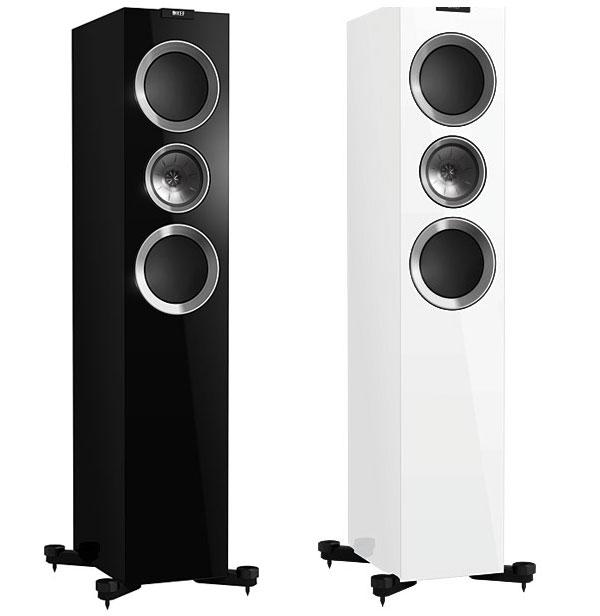| Columns Retired Columns & Blogs |
I know many manufacturers have a practice of doing this "Designed in the U.K, U.S.A or Canada and manufactured in China to the specifications of......."
Is KEF getting that much of a break on the labor costs and having them shipped by boat to North America, is it worth it to be associated with China?
At $3500.00 a pop is it not feasible to keep it in-house and take a slight hit on production costs, at the dealer they will be marked up by 50% anyway
My hobby is apparently supporting the PRC

 Positioning the tweeter inside the throat of the midrange or mid/woofer cone has advantages and disadvantages. The advantage is a concentric radiation pattern that should be uniform in all directions, without the usual comb-filtering interference common to all multiway speakers with separately situated drivers. In the latter category, which includes the vast majority of speakers, the drivers are generally positioned vertically. This restricts the inevitable driver-to-driver interference primarily to the vertical axis, though such speakers remain more or less sensitive to listening height.
Positioning the tweeter inside the throat of the midrange or mid/woofer cone has advantages and disadvantages. The advantage is a concentric radiation pattern that should be uniform in all directions, without the usual comb-filtering interference common to all multiway speakers with separately situated drivers. In the latter category, which includes the vast majority of speakers, the drivers are generally positioned vertically. This restricts the inevitable driver-to-driver interference primarily to the vertical axis, though such speakers remain more or less sensitive to listening height.







































